PECS – Picture Exchange Communication System
What is it?
PECS is a form of symbol based low-tech AAC (Augmentative and Alternative Communication), meaning that symbols, instead of the spoken word, are used to communicate messages.
Many parents worry that using visual communication will stop their child from talking altogether or that we are giving up on the possibility that their child will ever speak.
This isn’t true. PECS doesn’t inhibit speech – it may act as a main communication method for non-verbal communicators. For those children who can develop speech, it may help to bridge the gap between non- or pre-verbal communication and the development of speech.
PECS does this through consistent use and repetitive models of vocabulary and functional language. Opportunity and encouragement to use speech is built into the teaching phases.
How does it work?
PECS teaches people the ‘how to’ communicate through using a step-by-step approach towards getting the attention of someone and having some form of conversational ‘exchange’.
So to start with, if a child loves playing with cars, they would be supported to exchange a ‘car’ symbol with their communication partner. When they have handed over the symbol they will immediately get the car. Hence, the child learns the cause and effect element of communication – if I give you this, you will give me that!
Traditionally, there are 6 phases to PECS and each phase is taught within structured teaching sessions which incorporate opportunities to practise the skills across activities, within different environments and with a range of people.
The downside of PECS is that once your child gets to the point where they are using sentences, then it can become too restrictive, and they can get frustrated when they can’t say what they want to say.
At The Talking House, we have always incorporated other communication approaches alongside PECS to encourage a wider language development, such as the use of:
Verbs (like ‘help’, ‘stop’, ‘give’, ‘pour’, ‘find’, ‘open’)
People’s names
Adjectives (describing words like ‘hot’, ‘blue’, ‘soft’, ‘funny’)
Flexible phrases (such as learning that the word ‘close’ can be used with lots of words across different contexts e.g. ‘close - door/ window/ box/ fridge’ etc.)
In summary, PECS can be a very useful tool to help children to understand the point of communication and get them started on a road to successful conversation.

